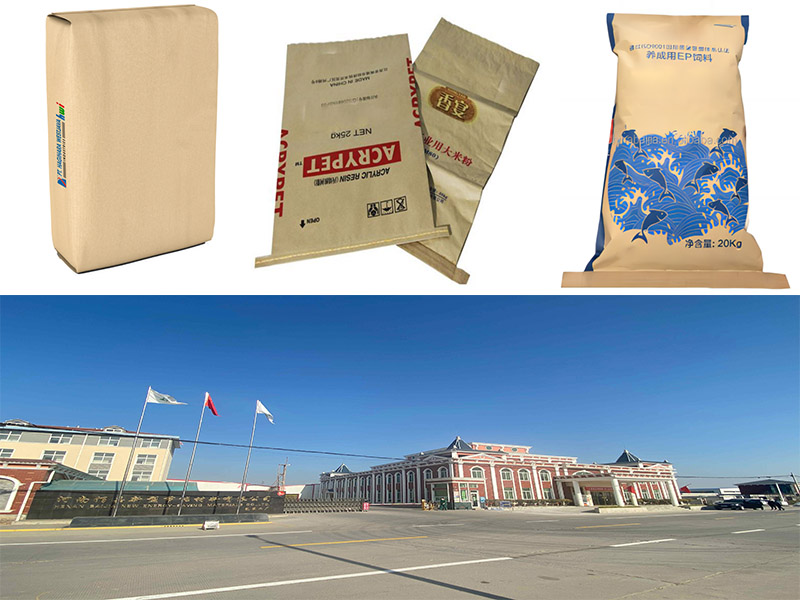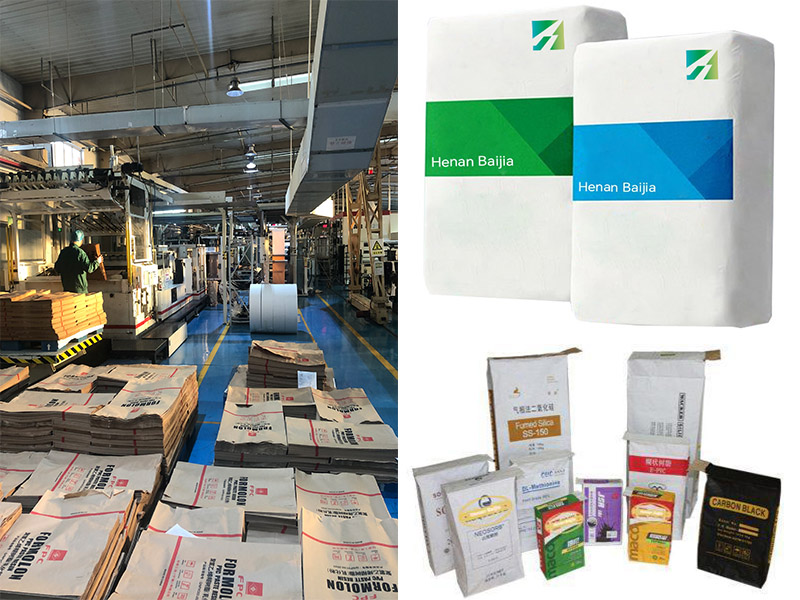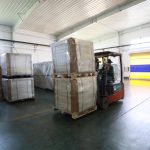Of all industrial productions, food production is the most demanding. The packaging of food industry raw materials such as flour, milk powder, feed, seeds, food additives, etc. is also of high standard. Among the packaging materials of various materials, paper sack packaging is undoubtedly the most outstanding.

Introduction:
With the growing emphasis on environmental awareness and the implementation of stricter environmental policies, paper sack packaging has emerged as a popular alternative to traditional plastic packaging in the food industry. This environmentally friendly option offers numerous advantages in terms of functionality, cost-effectiveness, and durability. In this article, we will explore how paper packaging excels in these areas while meeting the demands of modern consumers.
- Environmental Protection Characteristics:
Compared to conventional plastic packaging, paper packaging holds clear advantages in terms of environmental protection. It is biodegradable and has a minimal impact on the environment, aligning with society's increasing demand for sustainable solutions. Furthermore, paper packaging can be recycled and reused, contributing to the overall recycling and resource conservation efforts. - Biodegradability of Paper Sack Packaging:
Paper packaging outperforms plastic packaging in terms of biodegradability. Being of natural origin and free from harmful chemicals, paper packaging quickly decomposes into harmless substances when it enters the natural environment. This reduces the burden on the environment and supports a more sustainable ecosystem. - Six-Layer Protection of Sterile Paper Sack Packaging:
Aseptic paper packaging has gained significant attention in the food packaging industry. These packages utilize six layers of protection, offering both environmental benefits and functional advantages. The six protective layers ensure extended freshness, preserve nutrients and taste, and meet the high expectations of modern consumers regarding food quality. - Creating Brand Image and Enhancing Market Competitiveness:
Choosing environmentally friendly paper sack packaging enables companies to fulfill their social responsibilities while enhancing their brand image and market competitiveness. As more consumers lean towards eco-friendly and healthy products, businesses can cater to this demand by adopting paper packaging solutions. - Functionality and Durability:
Paper sack packaging offers excellent functionality and durability. It can be designed with specific characteristics to withstand the rigorous demands of handling, transportation, and storage. Reinforced bottoms, multi-layer constructions, and added coatings enhance the strength and resistance to tearing or punctures, ensuring the integrity of the packaged food. - Cost-Effectiveness:
In comparison to alternative packaging materials, paper sack packaging is often cost-effective. The relatively low production cost of paper sacks, coupled with the abundance of raw materials, makes them readily available and affordable. Additionally, recycling paper sacks reduces waste disposal costs, further contributing to cost savings. - Versatility:
Paper sacks can be customized to accommodate various food packaging requirements. They come in different shapes, sizes, and designs, providing flexibility in packaging different types of food products, including grains, flour, sugar, coffee, and pet food. This versatility makes paper packaging suitable for a wide range of applications. - Consumer Perception:
Consumers perceive paper sack packaging as a natural and sustainable choice, positively influencing their purchasing decisions. By utilizing paper packaging, companies can align with consumers' preferences for eco-friendly solutions and enhance overall brand perception.

Conclusion:
As environmental awareness and health consciousness continue to rise, paper sack packaging has become an ideal choice for food packaging. It excels in environmental protection, functionality, cost-effectiveness, and durability. With ongoing technological advancements and market maturity, the application of paper packaging in the food industry is expected to expand further, presenting new opportunities for the packaging industry as a whole.




